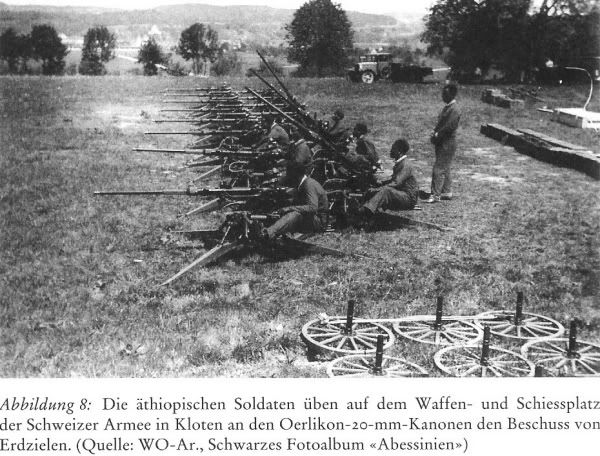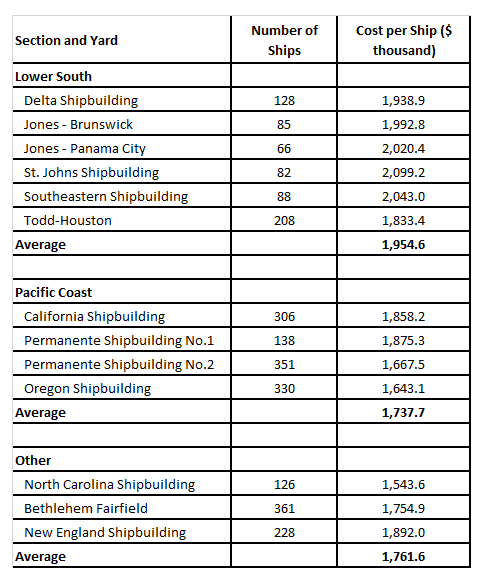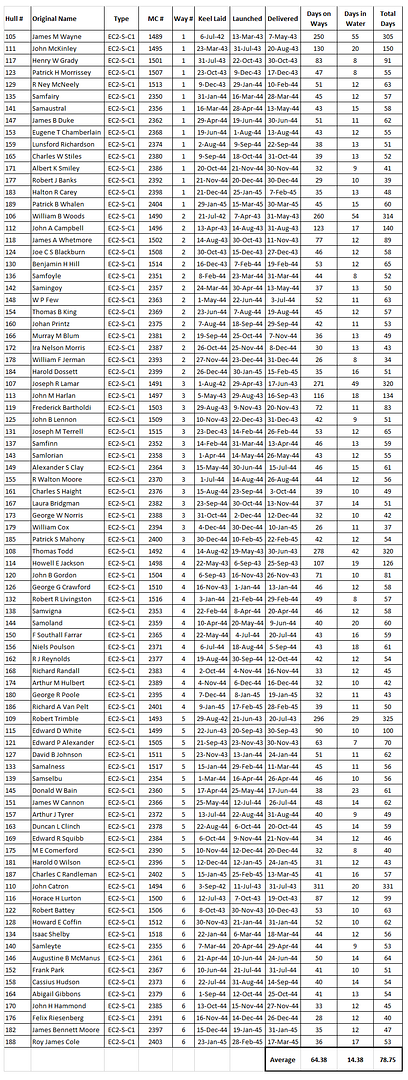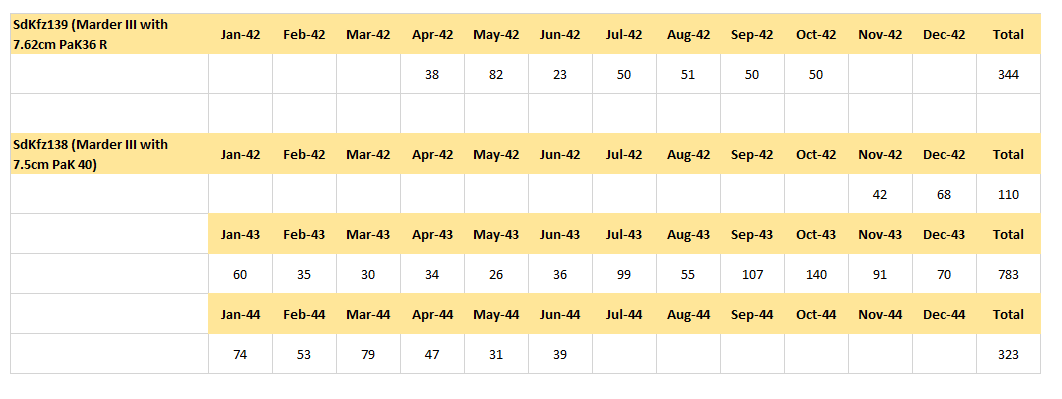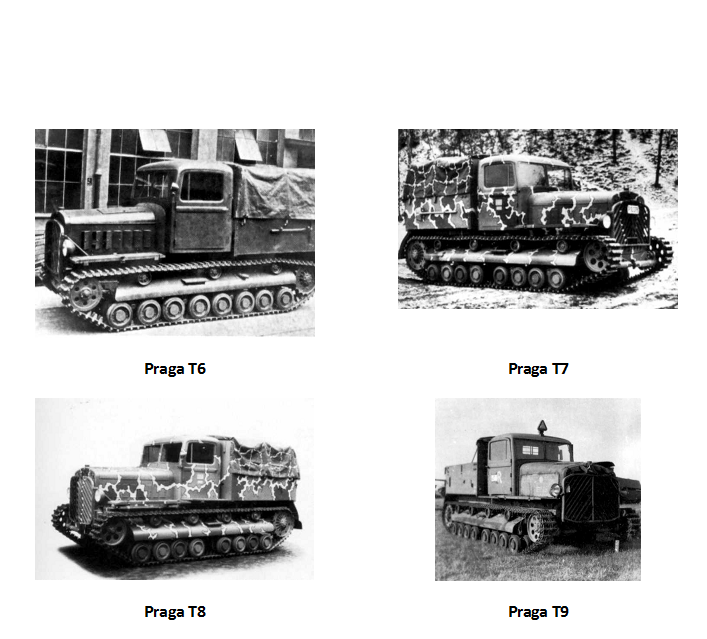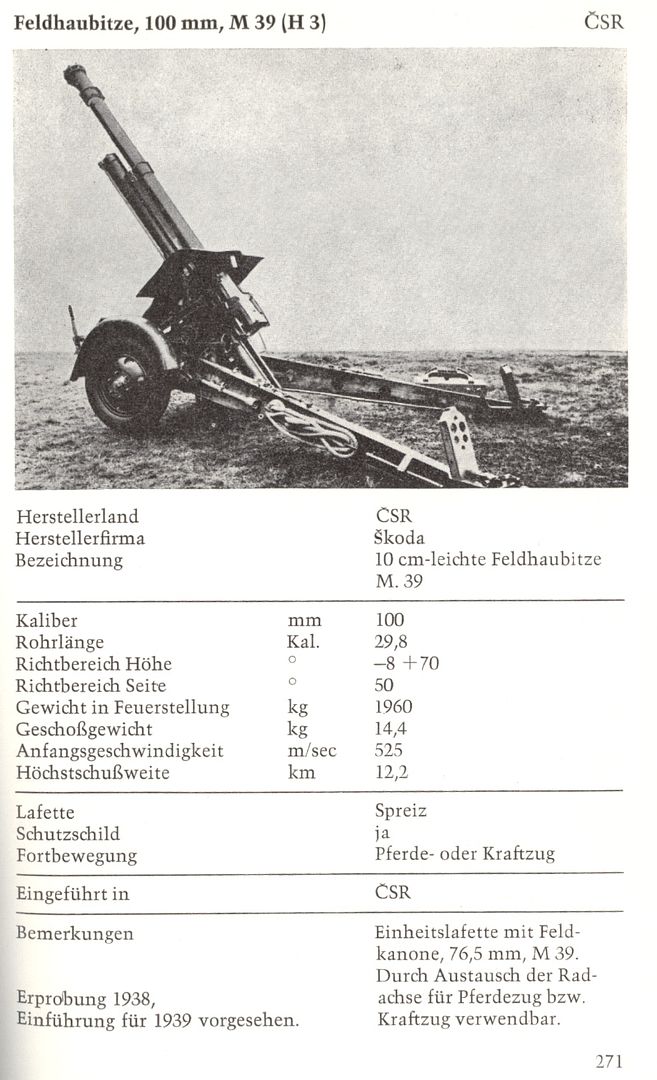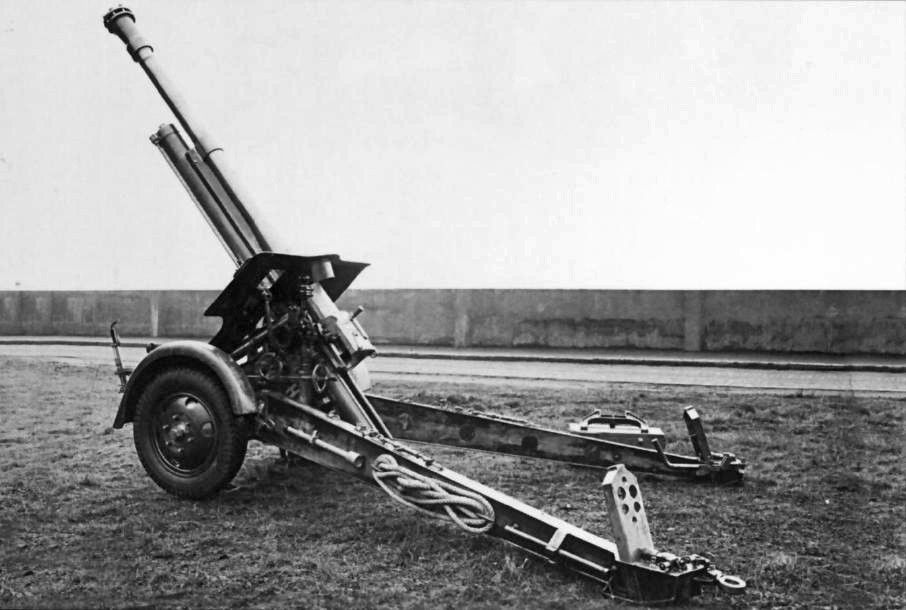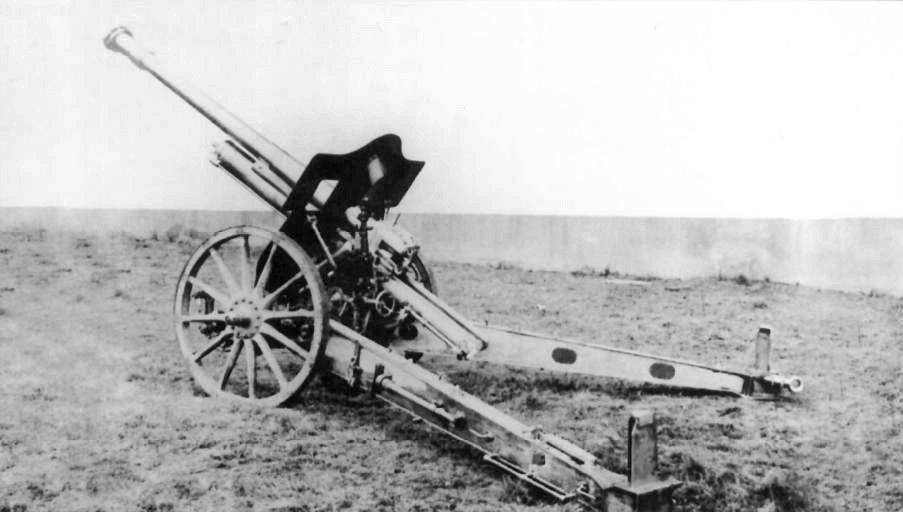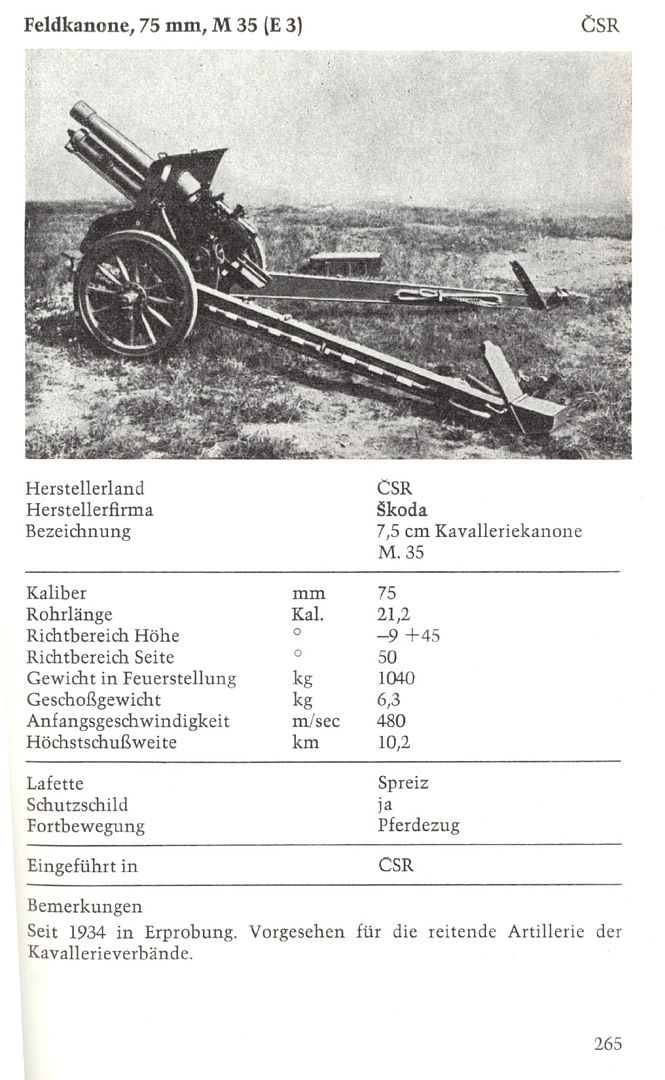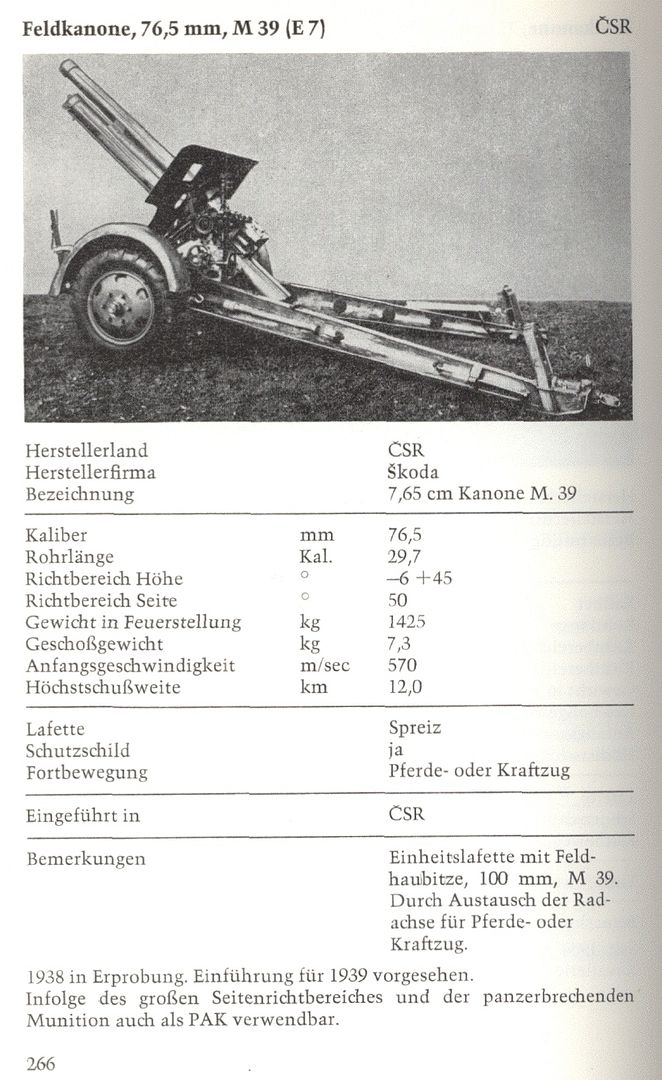The Praga RV 2-ton tactical truck, manufactured by the Ceskomoravska Kolben-Danek company of Prague, makers of the popular TNH series of light tanks, was one of the most numerous military trucks of Czech origin produced during the interwar period.
On a Czech military discussion forum I found information regarding its production run, which I have tabulated below:
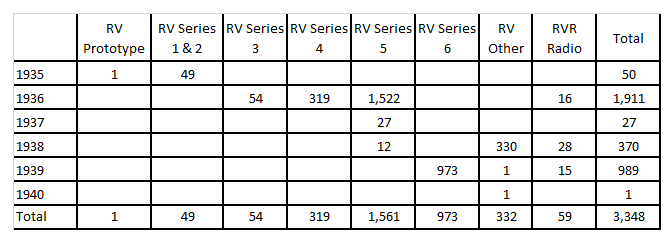
By standards to which we are familiar, little more than 3,000 units over a span of six years does not seem large; it is certainly larger than the number of Tatra 82/92/93 tactical trucks produced – 1,637 between 1935 and 1941, but puny by American or even West European standards – the average production was less than 50 units per month, and the best performance – in 1936 – was slightly less than 160 units per month. This begs the question – why was CKD – which obviously had a money-spinner on their hands – unable to meet demand?
Alice Teichova’s work, “An Economic Background to Munich”, provides some clues to possible general and specific explanations for the inability of CKD to respond to potential demand for trucks.
Compared with American, British or West European firms CKD was relatively small – its nominal joint stock capital was only 37,500,000 Czech crowns = $1,316,250, and its assets amounted to only 766,000,000 crowns, the equivalent of $26.8 million. In 1937 it made a profit of $491,400 – a 37% return on capital but less than 2% on assets. At this point in time it held orders worth 819 million crowns - $28,746,900 – more than the company’s assets.
What this indicates that for its vehicle, tank, locomotive and other lines of business CKD was gathering orders faster than it could execute them. It lacked the access to capital and commercial credit that its competitor Skoda possessed – which was a part of the European Schneider combine and was backed by a consortium of British and French banks to the tune of £5,250,000.
In the wider picture of the Czech economy the combination of a high level of cartelization and the effects of the Great Depression had contracted the Czech economy and left it without significant spare capacity for expansion; and without injections of capital from investors no new capacity could be built. Skoda, with its international contacts, was able to do so; CKD could not.
The production data tells its own story – produced in a number of different series over a six year span CKD had no opportunity to really build up a continuous production line for the RV – its best performance was in 1936, where it edged its monthly production to nearly 160 vehicles, as mentioned above. During this period the firm was also producing five different models of passenger cars, nine other truck designs, and motor busses – not the least to mention its tanks, tractors, trams and locomotives – CKD was a highly diversified manufacturing firm and not only a manufacturer of trucks. This model is reflective of manufacturers in Eastern and Central Europe.
In Wesworld we have taken to presuming that factories operate on a more rational, less diversified model, and that they are not starved for capital and have ample opportunity to expand their capabilities. It is a model more reflective of the postwar period, or of American and British practice rather than European.
